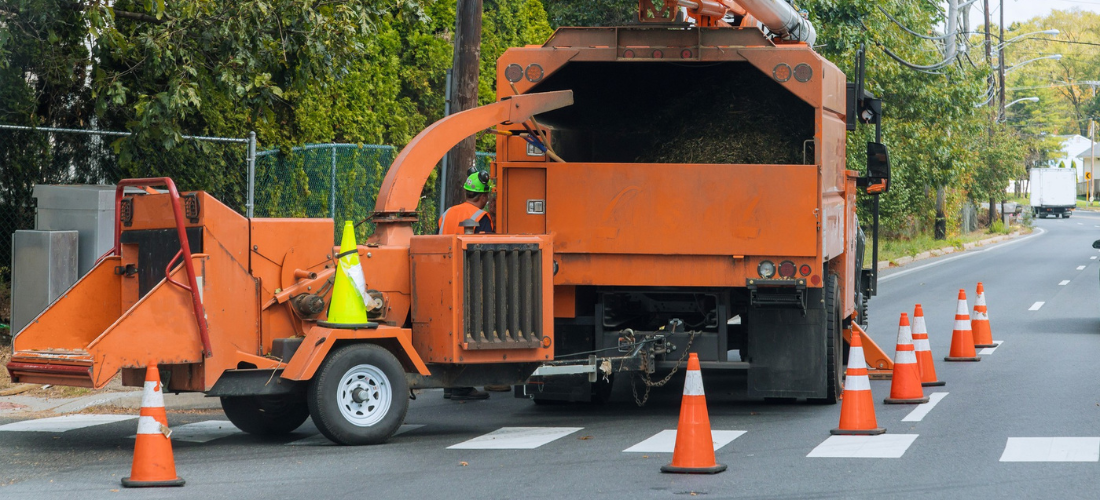Microsurfacing is a pavement preservation technique that is used to extend the life of existing roads. It is a thin layer of asphalt emulsion mixed with fine aggregate, fillers, and water, which is applied to the surface of the road using specialized equipment. The result is a smooth, durable surface that is resistant to wear and tear.
When applying microsurfacing, it is important to follow a few key steps to ensure that the process is done effectively.
- Prepare the surface: Before applying microsurfacing, the surface of the road must be cleaned and prepared. This includes removing any debris, such as loose gravel or debris, and filling any cracks or potholes. This step is important to ensure that the microsurfacing adheres properly to the road surface.
- Mix the microsurfacing: The microsurfacing is mixed on site using specialized equipment. The mix must be consistent and the proper proportions of asphalt emulsion, aggregate, fillers, and water must be used.
- Apply the microsurfacing: The microsurfacing is applied to the road surface using specialized equipment. The equipment is designed to evenly spread the microsurfacing over the surface of the road. The surface must be smooth and consistent, with no bumps or dips.
- Cure the microsurfacing: The microsurfacing must be allowed to cure for a period of time before it can be used. This time will vary depending on the temperature and humidity. It is important to avoid heavy traffic or other disturbances on the road surface during the curing process.
- Final inspection: Once the microsurfacing is cured, a final inspection should be done to ensure that the road surface is smooth and consistent. Any necessary repairs or touch-ups should be made at this time.
By following these steps, you can effectively apply microsurfacing to extend the life of existing roads. It is important to note that microsurfacing is not a solution for all road surfaces, and it is important to consult with a professional to determine if it is the right solution for your road. Additionally, maintenance and proper traffic management is also important to maintain the longevity of the microsurfaced road.
In summary, Microsurfacing is a cost-effective solution for preserving existing road surfaces and extending their service life. The process involves preparing the surface, mixing the microsurfacing, applying it to the road, curing the microsurfacing and then doing a final inspection. Properly follow these steps, and you can effectively apply microsurfacing to extend the life of existing roads.

